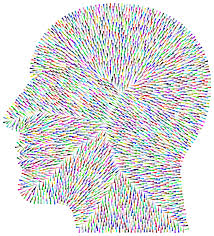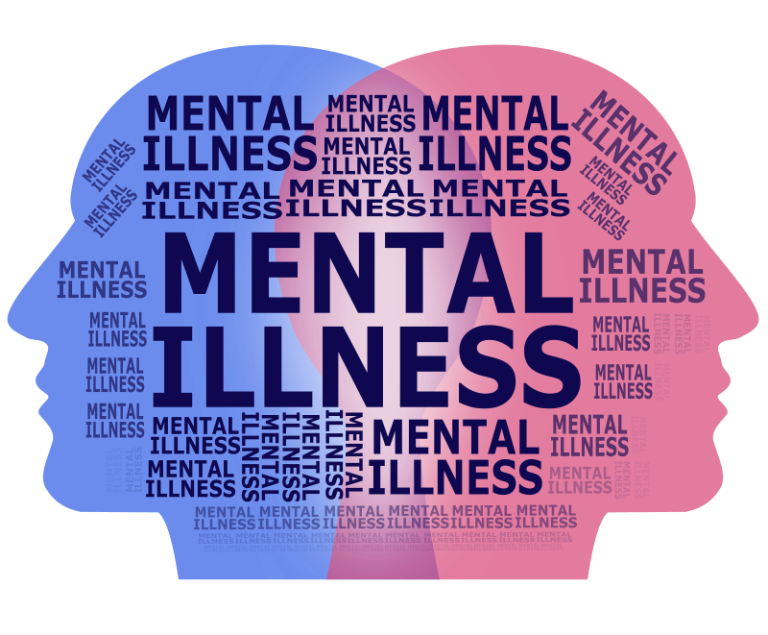How Childhood Emotional Abuse Affects the Way Teens Think About Themselves
-
by
Dr Constantina Katsari
- No Comments on How Childhood Emotional Abuse Affects the Way Teens Think About Themselves
When a young person experiences ongoing emotional abuse—criticism, humiliation, rejection—it doesn’t just hurt in the moment. It can change how they see themselves and others, long into adolescence. New research by Gabriel Martin-Gagnon and colleagues adds weight to something many carers suspect: emotional trauma can scramble a young person’s ability to understand their own feelings, intentions, and identity. And that confusion may lie at the heart of borderline personality disorder (BPD) traits, anxiety, and depression.
The study, involving 94 adolescents in mental health care, looked at whether emotional abuse in childhood was linked to difficulties in “mentalizing”—the ability to make sense of your own and others’ minds. The researchers focused on a specific difficulty called “Uncertainty/Confusion about mental states.”
What they found is important. Emotional abuse predicted higher levels of this mental confusion, which in turn predicted more BPD traits, greater anxiety, and more depressive symptoms. In fact, the confusion acted as a bridge—partially explaining how early abuse leads to emotional and relational distress in adolescence.
What Is Mentalizing, and Why Does It Matter?
Mentalizing, sometimes called reflective functioning, is how we understand ourselves and others in terms of thoughts, feelings, and intentions. It develops in relationships where children feel safe to express themselves and be understood. But when a child is consistently invalidated, ridiculed, or emotionally attacked, they learn to doubt their own perceptions. Over time, this creates a deep confusion about what they feel, why they feel it, and how others might respond.
This kind of mentalizing failure isn’t the same as being “emotional.” It’s a cognitive-emotional disruption that makes it harder to regulate feelings, build stable relationships, or develop a strong sense of self. This helps explain why many adolescents with BPD traits also struggle with intense anxiety and depression.
A Closer Look at the Study
Adolescents in the study completed validated questionnaires on childhood experiences, BPD features, depression, anxiety, and mentalizing. The researchers found that:
- Emotional abuse was directly associated with higher confusion about mental states.
- This confusion strongly predicted BPD features, and to a lesser extent, anxiety and depression.
- The pathway from emotional abuse to depression was explained entirely through mentalizing confusion.
These findings support a model where trauma disrupts a child’s ability to form a coherent inner narrative. This leaves teens vulnerable not just to BPD, but to broader emotional distress.
Why This Matters for Carers
If you’re supporting a young person who seems overwhelmed by emotions, unsure of who they are, or constantly questioning your intentions, it can be heartbreaking and exhausting. This study provides a powerful lens: they may be struggling not just with mood, but with understanding their inner world.
Mentalizing difficulties can show up as:
- Seeming “lost” in emotional experiences
- Questioning whether feelings are real or valid
- Misreading others’ intentions as hostile or abandoning
- Rapid shifts in self-image
These are not signs of manipulation or defiance. They are expressions of confusion that likely stem from emotional harm that disrupted normal development.
Practical Implications
This research offers hope. Because mentalizing is a skill, it can be strengthened—especially in safe, validating environments. For carers, this means:
- Respond with curiosity, not correction. Ask questions that help the young person reflect on their thoughts and feelings: “What do you think was going on for you just then?”
- Name and normalize emotions. Help them link internal states to actions: “You seemed angry earlier. Could that have been because you felt left out?”
- Avoid re-triggering invalidation. Well-meaning phrases like “You’re overreacting” can deepen the confusion.
- Model mentalizing. Share your own emotional reasoning aloud: “I got quiet because I was feeling a bit overwhelmed, not because I was angry at you.”
These approaches align closely with Mentalization-Based Treatment (MBT), an evidence-based therapy for BPD. Even outside therapy, carers can adopt MBT-informed strategies to support emotional development.
Looking Forward: Building Mentalizing in Care Systems
The findings also call for a shift in how services respond to adolescents with complex needs. Mental health professionals should screen for childhood emotional abuse and consider interventions that target mentalizing deficits directly. Schools, too, can play a role by creating relationally safe spaces where young people can make sense of their inner worlds.
Policy makers and funders should invest in training frontline professionals in trauma-informed, mentalizing-based approaches. These are not just “soft skills”—they are critical for reducing long-term distress and dysfunction.
Final Thoughts
Childhood emotional abuse leaves more than emotional scars. It changes how young people understand themselves and others—a disruption that can echo through every relationship, mood, and decision. But confusion is not the end of the story. With the right support, teens can build stronger, more coherent mental frameworks. And carers, equipped with insight and empathy, can be instrumental in that healing process.
To read the full research article, see Gabriel Martin-Gagnon et al., 2024, in Frontiers in Psychology. For resources to support adolescent mentalizing and recovery from emotional abuse, visit BPD UK.
💬 Caring for someone with BPD?
👉 Book a FREE One2One support session
🧠 Join our FREE webinars and peer groups
📩 To book email us at: info.bpduk@gmail.com
Discover more from BPD UK
Subscribe to get the latest posts sent to your email.




